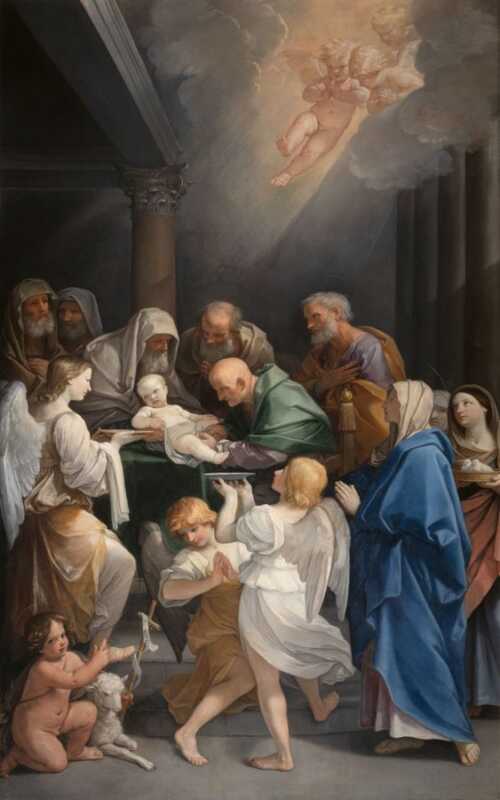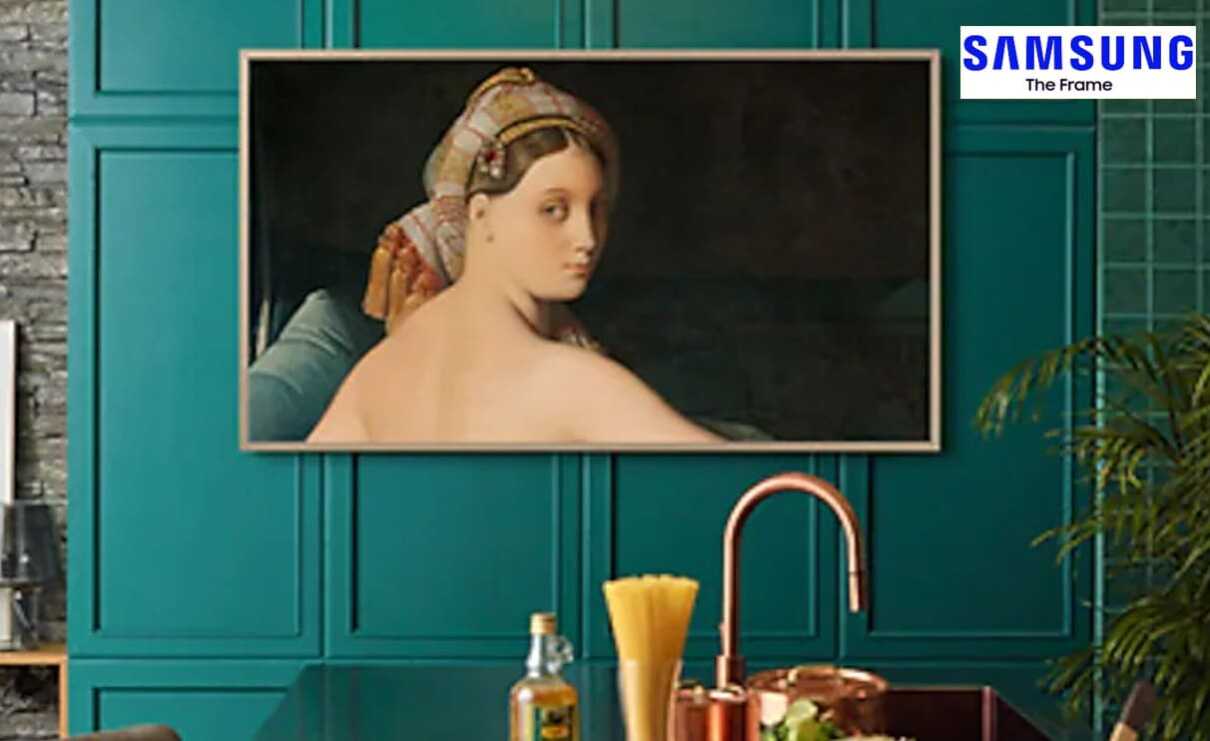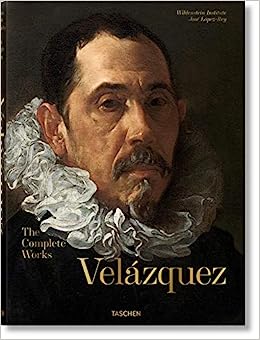Las Meninas or ‘The Ladies-in-waiting’ 1656 painting in the Museo del Prado in Madrid
Las Meninas is one of the most original and revolutionary works in art history.
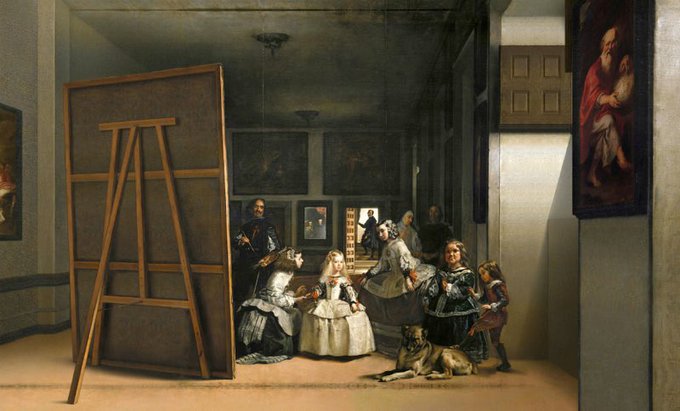
When Diego Velázquez began to paint this painting in 1655, he did not do it thinking of the public exhibition that he has today, but for private contemplation and delight. The work was intended for the private summer office of King Felipe IV of Spain, in the old Alcazar of Madrid.
The canvas, of gigantic proportions, on a natural scale (125 inches high and 109 inches wide) was finished in 1656 and Velázquez, as usual, did not sign it.
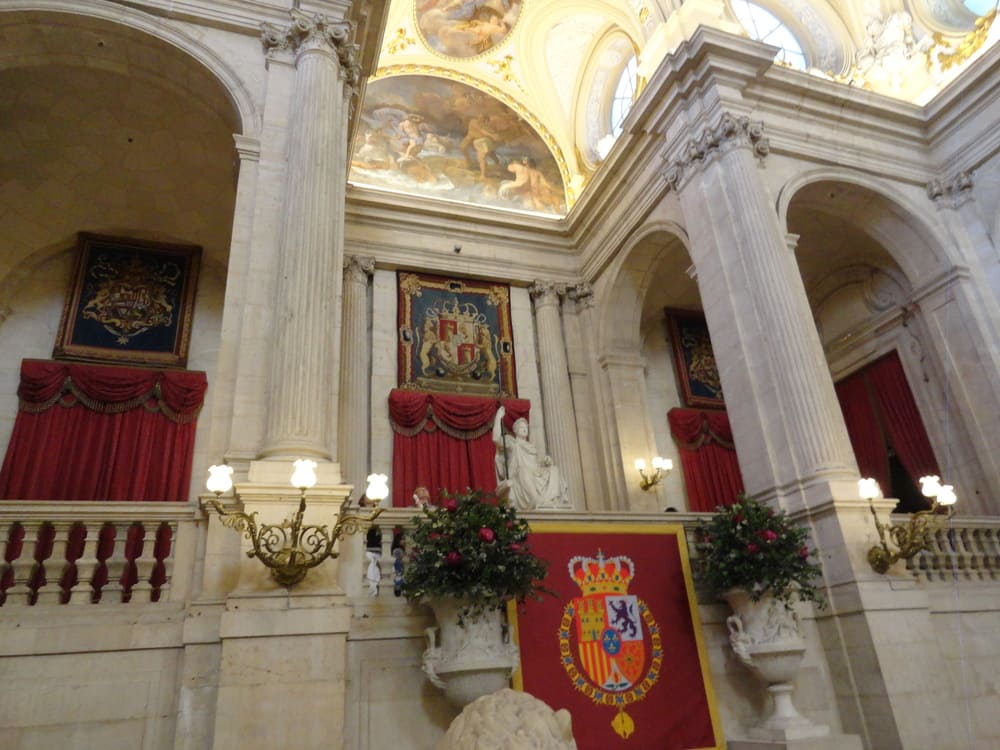
In 1623 Velázquez was named “King’s Painter”. So he had already been working in the palace for more than 30 years when he did this work. The painting was not always known by its current name. In the inventory of the Alcazar of Madrid in 1666 it is mentioned as Portrait of the empress lady with his ladies and a dwarf.
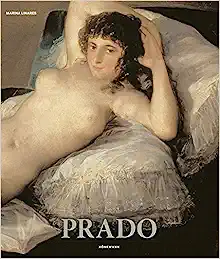
In this same way it appears in successive inventories up to the year 1700. After the fire in the Alcázar of Madrid on Christmas Eve 1734, it appears cited as “The family of King Phelipe Quarto” and already when they refer to it in the new Royal Palace (the current one, the work of Felipe V) is unanimously titled “The Family”. It was not until 1843, in Pedro del Madrazo’s catalogue, that it appeared for the first time under the title “Las meninas”. (Information from the Prado Museum).
The word “menina” means “girl” in Portuguese, and was then used in Spain to refer to the caregivers of the children of the royal family. According to the RAE (Spanish language dictionary): “Child of a noble family who entered the palace to serve the queen or her children.”
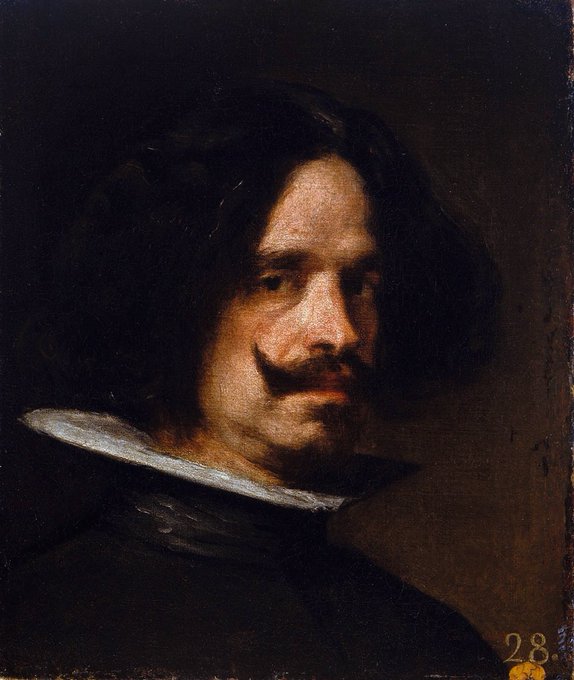
The Portrait of a Person
Velázquez in this painting does not want show the portrait of a person, but the representation of an interior scene with different actors. The actors, 11 in total, are distributed throughout the work throughout the space. In 1st. term and in a preferred place, from left to right, according to the view of the spectator, we find Velázquez himself painting in front of a large canvas from behind. But… How is it represented? What idea do you want to give us of his person and his role? Neither his posture nor his attire correspond to the image we usually have of a painter.
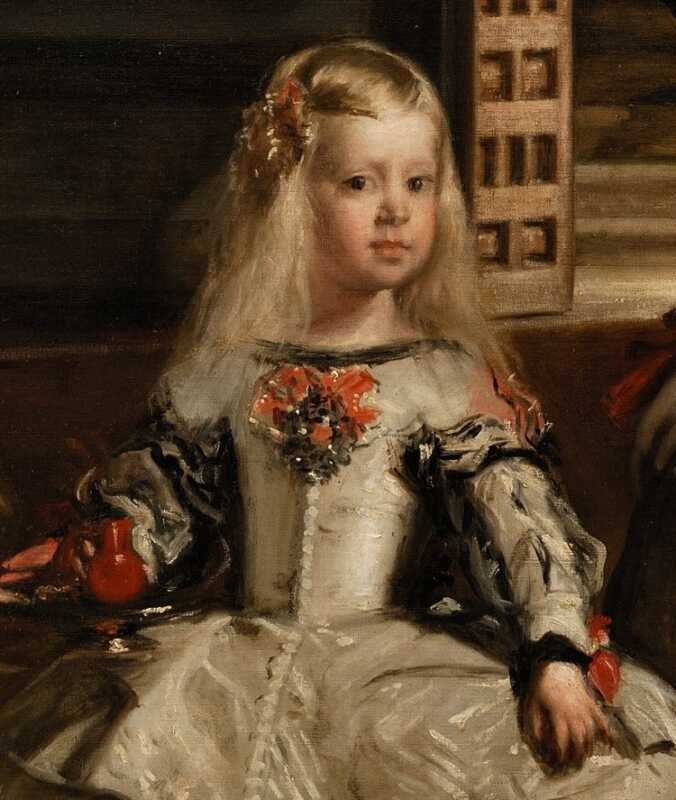
Velazque, the author of the painting, appears standing, with the palette in his left hand and the brush suspended in his right, in a pensive, observant, almost intellectual attitude. Velázquez wanted to claim painting as a noble activity, not a purely mechanical servile trade based on copying and imitating reality.
Next to her, occupying the center, is the Infanta Margarita, flanked on both sides by two meninas who attend her, María Agustina Sarmiento, who is the one who offers her water in a vase, and Isabel de Velasco. Immediately after, a dwarf named Maribárbola appears, and a little buffoon, Nicolasito Pertusato, who kicks a sleepy mastiff.
Samsung Store: Frame
Behind them, we can make out, in a shadowy plane, Marcela de Ulloa, “minor guard of ladies” speaking with an unidentified male “guardadamas” (butler).
At the end of the room, at a door in an expectant attitude, we see the backlit silhouette of José Nieto, head of the queen’s upholstery, The situation, in the center of the canvas and in 1st. plane of the infanta Margarita, evidence that she is the main object of attention of the same.
The Infanta Margarita
The Infanta Margarita, Born in 1651, the result of the 2nd marriage of Felipe IV with her niece Mariana of Austria, the young Infanta was about 5 years old when she was photographed. Although Felipe had 12 children between his two wives, Margarita Teresa was one of only two to survive to adulthood. She later became Holy Roman Empress Consort after marrying her uncle Leopold I of hers.
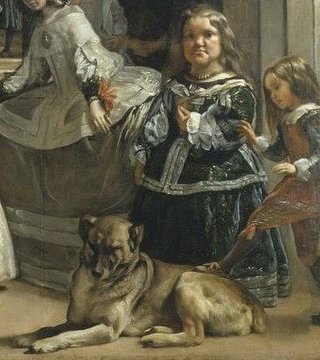
The light, which falls delicately on the people who surround Margarita, her ladies-in-waiting, “las meninas”, and which maintains a certain moderation, even in the most illuminated areas, falls on the infanta, making her stand out. It creates that contrast between the brighter and darker areas.The beam of light from the open door in the background gives depth to the work.
In the representation of the mastiff, it has been wanted to see a reference to childhood innocence. The kings reflected in a mirror, may seem at first glance the least important element of the painting, but it may be the most important of the entire work.
The Kings os Spain
Felipe IV and Mariana of Austria are represented in such a way as if they were simple spectators, standing in the same place where we are looking at Velázquez painting the painting. The perspective makes it unlikely that the mirror would reflect the kings as if they were viewing the scene from across the room.
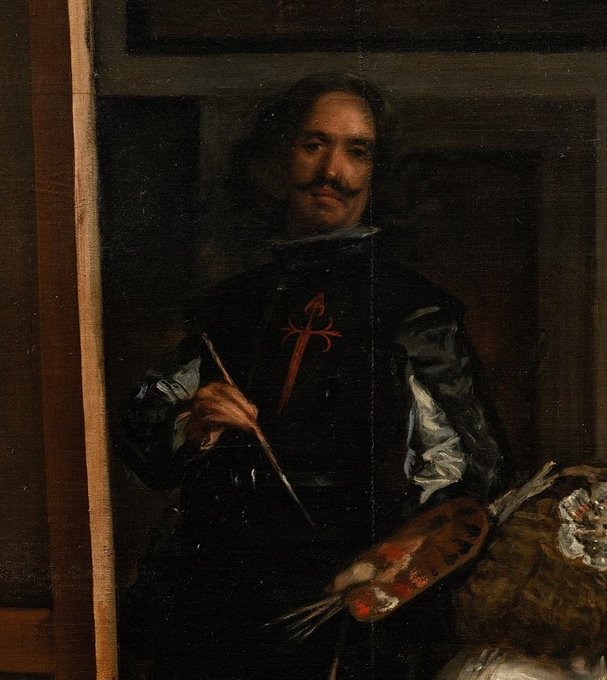
The fascinating hand of the painter places us as spectators, in the position of the king and queen, making us participants at the same time with them. Others doubt that it really reflects the kings, but rather the couple that would be painting on the canvas on which Velázquez works.
On the back wall, and barely noticeable, there are two paintings with mythological themes that have been identified as Pallas Athena and Arachne by Rubens and Apollo victorious over Pan by Jordaens. They exalt the nobility and superiority of painting over manual arts.
The technique of Velázquez
As for the technique, Velázquez leaves the back of the painting in darkness, thus ensuring that the room, large and with a very high ceiling, preserves that feeling of peace, seclusion and silence. This contrasts with the area closest to the viewer, which is full of characters in a contained dynamism.
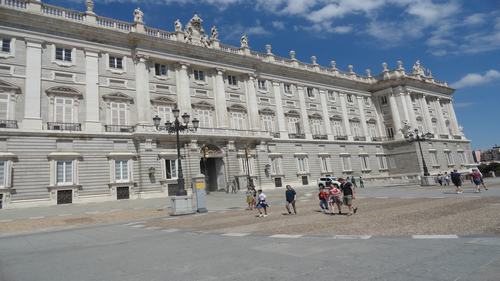
The colors used range from gray to yellow, from blue to green, passing through muted red. All of them stamped in light brushstrokes, undone, simple, compact, applied with great mastery. Painting “alla prima”, that is, without making sketches. Typical of his maturity.
The cross of Santiago is remarkable, whose red stands out on the black suit of the painter. It does not seem to date from the same time as the painting (1656), Velazquez was made a member of the Order 3 years later, it seems that it was a later addition.
Las meninas, has influenced the work of many painters over time. In 1800 Goya made the portrait of The Family of Carlos IV where he portrays himself looking towards the viewer to the left of the royal family as a tribute to Velázquez.
